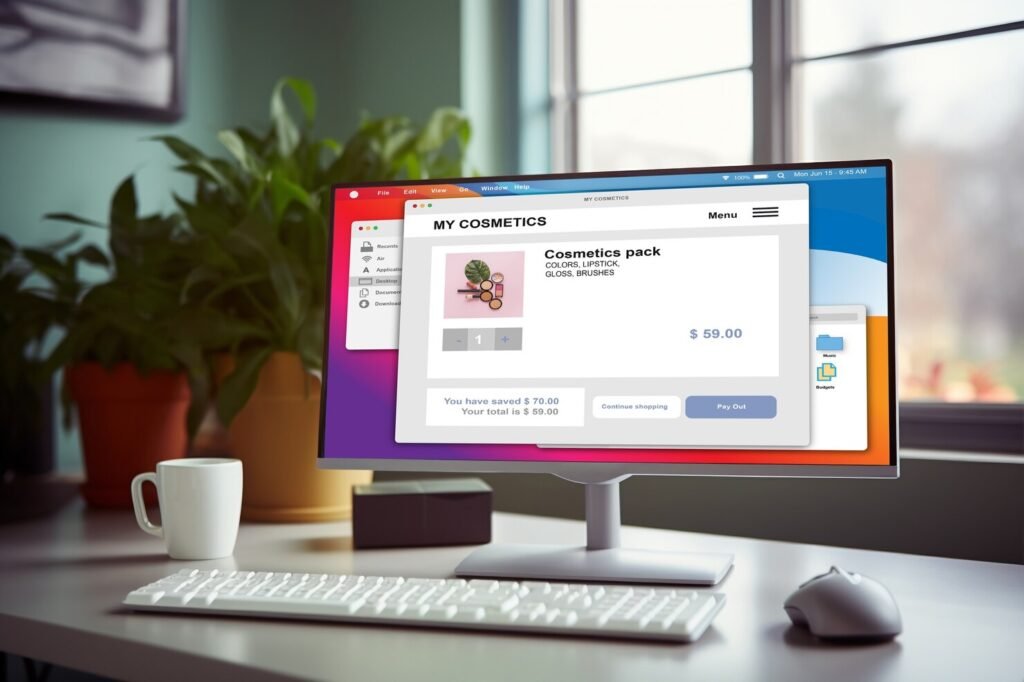MVP Development: Accelerating Your Product Launch with Minimum Viable Products
In today’s competitive market, the ability to launch products quickly while minimizing risk is essential for success. This is where Minimum Viable Products (MVPs) come into play. MVP development enables businesses to test their ideas, gather user feedback, and iterate their products efficiently. In this blog, we’ll explore what MVPs are, their benefits, best practices for development, and tools to help you along the way.
What is an MVP?
A Minimum Viable Product (MVP) is the most basic version of a product that meets the essential needs of early users. An MVP includes just enough features to satisfy early adopters and collect feedback for future development. The goal of an MVP is to validate product ideas with minimal resources and time investment, allowing businesses to understand their target market better and refine their offerings based on real user data.
Benefits of MVP Development
Developing an MVP comes with several advantages:
- Cost-Effective: Building an MVP requires fewer resources compared to full-fledged products, reducing initial investment risks.
- Faster Time to Market: With a focus on essential features, businesses can launch their products quickly and gain a competitive edge.
- Real User Feedback: MVPs allow you to gather valuable insights from real users, helping you understand their needs and preferences.
- Reduced Risk: By testing your product with early adopters, you can identify potential issues and make necessary adjustments before a full-scale launch.
- Improved Product Fit: Continuous feedback helps refine the product to better align with user expectations, increasing chances of market success.
Best Practices for MVP Development
To maximize the effectiveness of your MVP development, consider the following best practices:
- Identify Core Features: Determine the essential features your product must have to deliver value to users. Focus on functionality that solves specific problems.
- Prioritize User Experience: Ensure your MVP is user-friendly and intuitive, allowing users to navigate seamlessly and achieve their goals.
- Set Clear Goals: Define what success looks like for your MVP. Identify key performance indicators (KPIs) to measure user engagement and satisfaction.
- Conduct Market Research: Understand your target audience and competitors to inform your MVP’s features and positioning in the market.
- Iterate Based on Feedback: Use the feedback collected from early users to improve your product, adding features or making adjustments as needed.
Essential Tools for MVP Development
To streamline the MVP development process, consider using the following tools:
- Prototyping Tools: Use tools like Figma or InVision to create interactive prototypes that visualize your MVP before development.
- Development Frameworks: Leverage frameworks like React, Angular, or Vue.js for frontend development and Node.js or Django for backend services.
- Analytics Platforms: Implement analytics tools such as Google Analytics or Mixpanel to track user behavior and gather feedback effectively.
- Collaboration Tools: Utilize platforms like Trello or Asana to manage tasks and collaborate with your development team efficiently.
- Feedback Tools: Employ user feedback tools such as SurveyMonkey or Typeform to collect insights from users about your MVP.
Challenges in MVP Development
While MVP development offers many benefits, it’s not without its challenges:
- Feature Creep: It can be tempting to add too many features during MVP development, which may lead to delays and increased costs. Stay focused on core functionality.
- User Feedback Implementation: Gathering user feedback is essential, but implementing changes based on that feedback can be challenging. Prioritize the most critical changes to ensure the product evolves effectively.
- Market Validation: Not all MVPs will succeed in validating a market need. Be prepared to pivot or iterate if initial feedback suggests a different direction.
- Maintaining Quality: Ensuring the MVP maintains a high level of quality while being developed quickly can be a balancing act. Focus on critical features that deliver value to users.
Case Study: Successful MVP Launch
A notable example of successful MVP development is the mobile app Airbnb. Initially, the founders launched a simple website that allowed users to book air mattresses in their apartment during a conference. The MVP’s core features were straightforward yet effective, attracting users’ attention. As feedback rolled in, they iterated on the platform, ultimately transforming it into a global marketplace for short-term rentals.
Conclusion
MVP development is a strategic approach that empowers businesses to launch products quickly while minimizing risks. By focusing on essential features, prioritizing user feedback, and utilizing the right tools, companies can create products that resonate with their target audience. The insights gained from MVP testing can lead to successful product iterations and, ultimately, a thriving business in the competitive marketplace.





